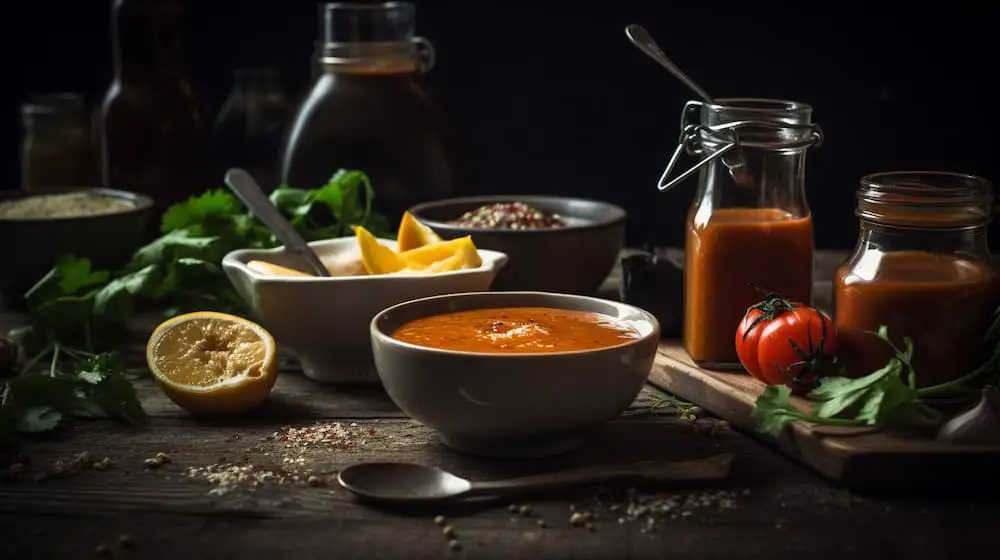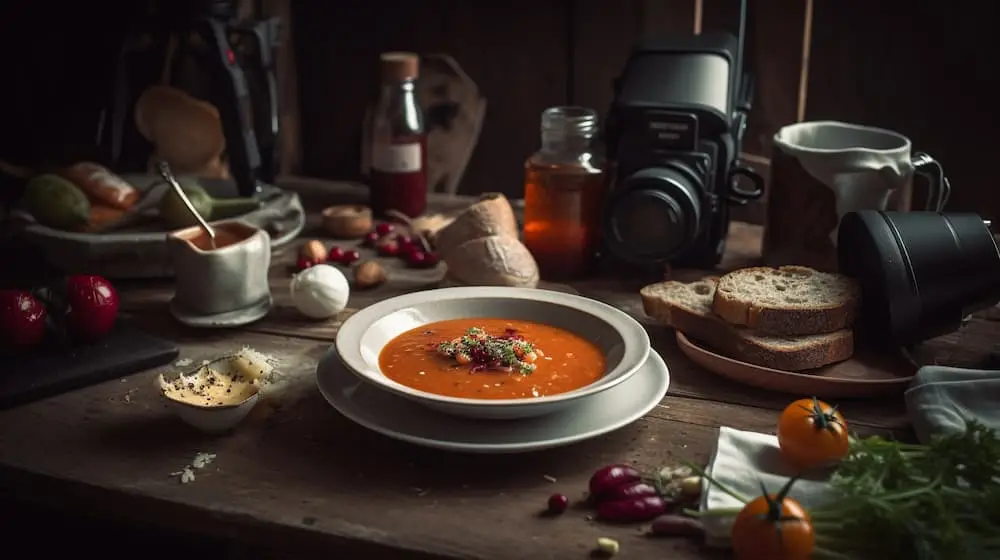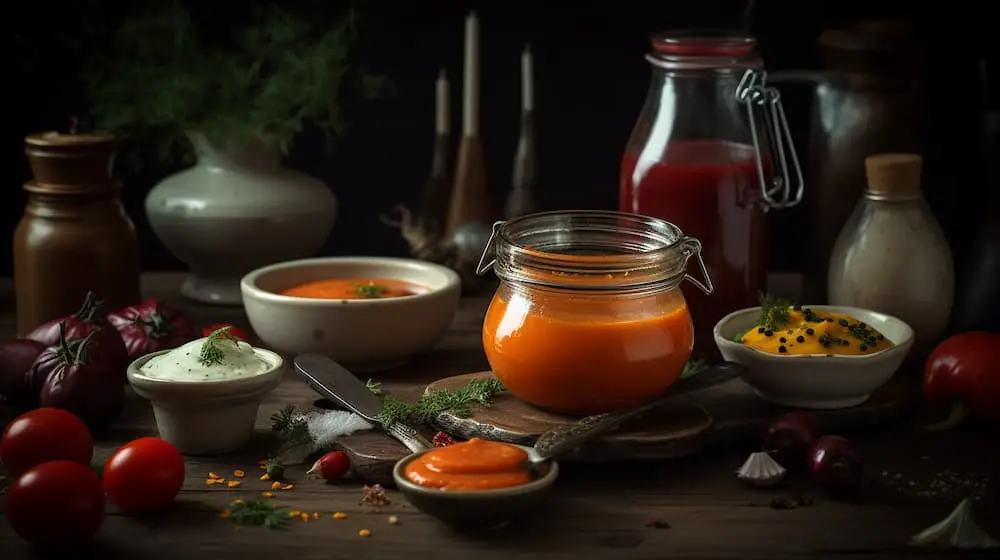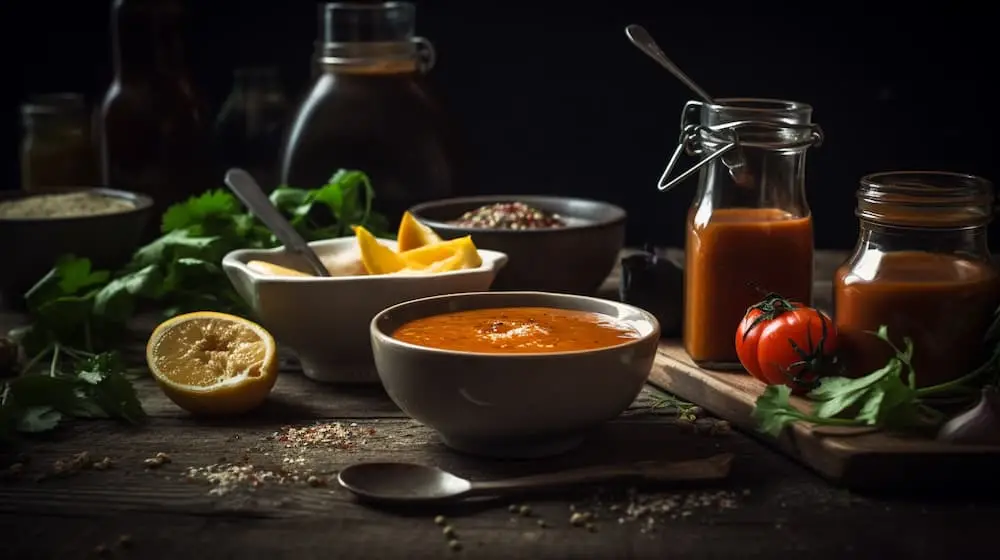Bistro sauce is a versatile and flavorful condiment that originated in French bistros. It is commonly used to enhance the taste of various dishes, from meats and fish to vegetables and pasta. Bistro sauce is a staple in many homes and restaurants worldwide, thanks to its rich and delicious taste. In this article, we will explore the history, types, key ingredients, and uses of bistro sauce, as well as tips on making it at home.
2. History of Bistro Sauce
Bistro sauce has its roots in French cuisine, where it was first created in small, informal restaurants called bistros. These establishments were known for their home-style cooking and relaxed atmosphere. Bistro sauce became popular as a way to enhance the flavors of simple, rustic dishes, and it has since become an essential part of French cuisine.
3. Types of Bistro Sauces
There are several different types of bistro sauces, each with its unique flavor profile. Here are some of the most popular varieties:
3.1. Red Wine Bistro Sauce
Red wine bistro sauce is a rich and flavorful sauce made with red wine, shallots, and butter. It pairs well with steak, roasted meats, and even grilled vegetables.
3.2. Peppercorn Bistro Sauce
Peppercorn bistro sauce is a creamy and peppery sauce made with crushed peppercorns, brandy, and heavy cream. It’s perfect for dishes like steak au poivre, pork chops, and even chicken dishes.
3.3. Garlic and Herb Bistro Sauce
Garlic and herb bistro sauce is a light and aromatic sauce made with fresh garlic, herbs, and white wine. This sauce is great for seafood, chicken, and vegetable dishes.
3.4. Mustard Bistro Sauce
Mustard bistro sauce is a tangy and flavorful sauce made with Dijon mustard, white wine, and cream. This sauce pairs well with chicken, pork, and fish dishes.
3.5. Mushroom Bistro Sauce
Mushroom bistro sauce is a savory and earthy sauce made with sautéed mushrooms, onions, and beef or chicken stock. This sauce is perfect for steak, roasted meats, and pasta dishes.
4. Key Ingredients in Bistro Sauces

While the specific ingredients vary depending on the type of bistro sauce, some common ingredients include:
- Wine (red or white)
- Shallots or onions
- Garlic
- Herbs (such as thyme, rosemary, or tarragon)
- Stock (beef, chicken, or vegetable)
- Butter or olive oil
- Heavy cream or sour cream
- Dijon mustard
- Peppercorns or ground pepper
- Mushrooms
5. Steps to Make a Classic Bistro Sauce
Making a classic bistro sauce is relatively easy and can be done in a few simple steps:
- Sauté shallots or onions in butter or olive oil until softened and translucent.
- Add garlic and cook for an additional 1-2 minutes.
- Stir in the wine and allow it to reduce by half.
- Add the stock and any herbs or additional flavorings (such as mustard, peppercorns, or mushrooms) and let the sauce simmer until it thickens.
- Finish the sauce with a splash of cream or sour cream, if desired, and season to taste with salt and pepper.
6. Uses of Bistro Sauce in Different Cuisines

Bistro sauce has found its way into various cuisines around the world, adding a touch of French flair to many dishes. Here are some examples:
- In Italian cuisine, bistro sauce can be used to enhance pasta dishes, such as fettuccine with mushroom bistro sauce.
- In American cuisine, bistro sauce can be used as a topping for burgers, steaks, or even as a dipping sauce for fries.
- In British cuisine, bistro sauce can be served alongside traditional dishes like roast beef or bangers and mash.
7. Pairing Bistro Sauce with Dishes
Bistro sauce is versatile and can be paired with a wide variety of dishes. Here are some suggestions:
- Red wine bistro sauce: steaks, roasted meats, grilled vegetables
- Peppercorn bistro sauce: steak au poivre, pork chops, chicken dishes
- Garlic and herb bistro sauce: seafood, chicken, vegetables
- Mustard bistro sauce: chicken, pork, fish dishes
- Mushroom bistro sauce: steak, roasted meats, pasta dishes
8. Vegan and Vegetarian Bistro Sauce Options

For those following a vegan or vegetarian diet, there are several ways to make bistro sauce suitable for your needs:
- Replace the stock with vegetable stock.
- Use plant-based butter or olive oil instead of regular butter.
- Substitute dairy-based cream with a non-dairy alternative, such as cashew cream or coconut cream.
9. Gluten-Free Bistro Sauce Alternatives
For those who are gluten-sensitive or following a gluten-free diet, you can easily modify bistro sauce recipes to meet your needs:
- Use gluten-free stock or broth.
- Thicken the sauce with a gluten-free flour alternative, such as cornstarch or arrowroot powder, if needed.
10. Storing and Preserving Bistro Sauce

Bistro sauce can be stored in an airtight container in the refrigerator for up to 3-4 days. If you need to store it for a more extended period, you can freeze it in a freezer-safe container for up to 3 months. Be sure to label and date the container.
11. Tips for Perfecting Bistro Sauce
- Use quality ingredients, such as fresh herbs, quality wine, and flavorful stock.
- Allow the sauce to simmer and reduce to develop a rich and concentrated flavor.
- Adjust the seasoning to your taste, adding more salt, pepper, or herbs as needed.
12. Bistro Sauce Variations and Innovations
Feel free to get creative with your bistro sauce by experimenting with different ingredients and flavor combinations. Here are some ideas to get you started:
- Add sun-dried tomatoes, olives, or capers for a Mediterranean twist.
- Incorporate spices like smoked paprika, cumin, or chili flakes for a hint of heat and a unique flavor profile.
- Try adding fruit, such as raspberries or blackberries, to create a sweet and tangy sauce that pairs well with poultry or game.
13. Health Benefits of Bistro Sauce
While bistro sauce can be rich due to the use of butter and cream, it also offers some health benefits:
- The use of fresh herbs provides antioxidants and essential nutrients.
- Wine contains polyphenols, which have been linked to heart health.
- Garlic has numerous health benefits, such as immune support and anti-inflammatory properties.
To create a healthier version of bistro sauce, consider using less butter or cream, or opt for plant-based alternatives.
14. Common Mistakes to Avoid When Making Bistro Sauce

- Overcooking the shallots or garlic, which can result in a bitter taste.
- Not allowing the wine to reduce enough, leading to a weak or watery sauce.
- Adding too much salt or pepper, which can overpower the other flavors in the sauce.
15. Conclusion
Bistro sauce is a flavorful and versatile condiment that can elevate a wide variety of dishes. From its rich history in French cuisine to its many variations and adaptations, bistro sauce is a must-try for any food enthusiast. So, roll up your sleeves, grab your ingredients, and get ready to create a delicious bistro sauce that will have your taste buds singing!
FAQs
- What is the origin of bistro sauce? Bistro sauce originated in French bistros, where it was used to enhance the flavors of simple, rustic dishes.
- Can I make bistro sauce ahead of time? Yes, you can make bistro sauce ahead of time and store it in the refrigerator for up to 3-4 days, or freeze it for up to 3 months.
- Is bistro sauce suitable for vegans and vegetarians? With a few modifications, such as using vegetable stock and plant-based alternatives for butter and cream, bistro sauce can be made vegan and vegetarian-friendly.
- Can I make a gluten-free version of bistro sauce? Yes, simply use gluten-free stock or broth and a gluten-free thickening agent, such as cornstarch or arrowroot powder, if needed.
- What dishes pair well with bistro sauce? Bistro sauce pairs well with a variety of dishes, including steaks, roasted meats, seafood, chicken, vegetables, and pasta dishes.

